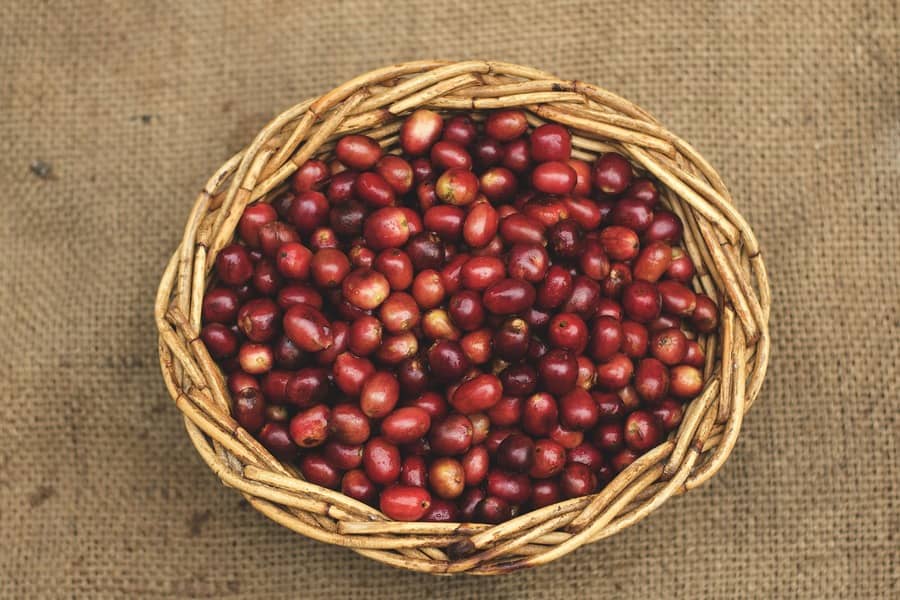The coffee market is beginning to erase recent gains on ICE US, still amid much instability in intraday trading. The fact is that the Mar/24 position is advancing negatively below the 180-cent level and, as a result, ends up moving away from the highs, but still sustaining a large part of the recent gains. In any case, signs of fundamental inconsistencies continue.
It is important to highlight that NY coffee continues to operate with a negative spread between March/24 and May/24 maturities on the NY stock exchange. This still indicates an inflated short term, as well as the expectation of a decline in future prices due to an improvement in supply. Remnants of the effect of the decrease in certified stocks. There is also a clear increase in volatility in the price curve, with trading sessions alternating with gains and losses, which reveals short-term uncertainty.
Technically, the market shows signs of weakness and tests graphic support at around 176 cents, which once lost will lower the performance level, thus confirming the bearish indications. As a result, the slope of the long-term trend level changes downward again, bringing the graphic bottom closer to around 165 cents. A more consistent reaction in the price level involves the recovery of the 180-cent level.
On the fundamental side, traders continue to keep an eye on the weather in Brazil. The next few days are forecast to have good precipitation volumes in coffee areas, especially Mogiana, in São Paulo, and the south and Matas de Minas regions, which brings relief and contributes to negative pressure on prices in both NY and London. The accumulated volume of rain could reach 100 mm in some regions of southern Minas Gerais by the end of the week. It should also rain in the Cerrado de Minas region but with smaller accumulations. Moisture must continue next week but in lower volumes. However, the rains should extend to Bahia, Espírito Santo, and reach Rondônia. The rains help to mitigate the climatic stress seen last November, where episodes of reduced moisture and extreme heat generated doubts about the productive potential of Brazil’s 2024 crop.
The improvement in rainfall leads to the partial dismantling of climate protection in Brazil, with traders gradually shifting the climate focus to rain at the beginning of next year and its effect on the graining of the Brazilian crop. The preliminary reading is that coffee, as it is a permanent and longer-cycle crop, has more time to recover from episodes such as the pockets of heat that occurred in September and November.
The market is also keeping an eye on the arrival of coffee from other important origins, which begin a new business cycle in the last quarter of the year. In the case of arabica, it monitors the arrival of milds from Colombia and Central America. The delayed harvest in Vietnam ends up offering support to coffee prices on ICE Europe, as it alleviates the seasonal pressure with the arrival of new robusta on the market.
In general terms, the expectation is that the flow of mild and robusta coffees will improve from December and gain more pace in the first months of 2024. Greater physical availability together with the recent bullish volatility of international coffee prices support this expectation of improved flow. This fact added to the good volume exported by Brazil, which shipped another 4 million bags last November, guarantees supply, amid the peak of consumption with the arrival of the cold season in the Northern Hemisphere.

